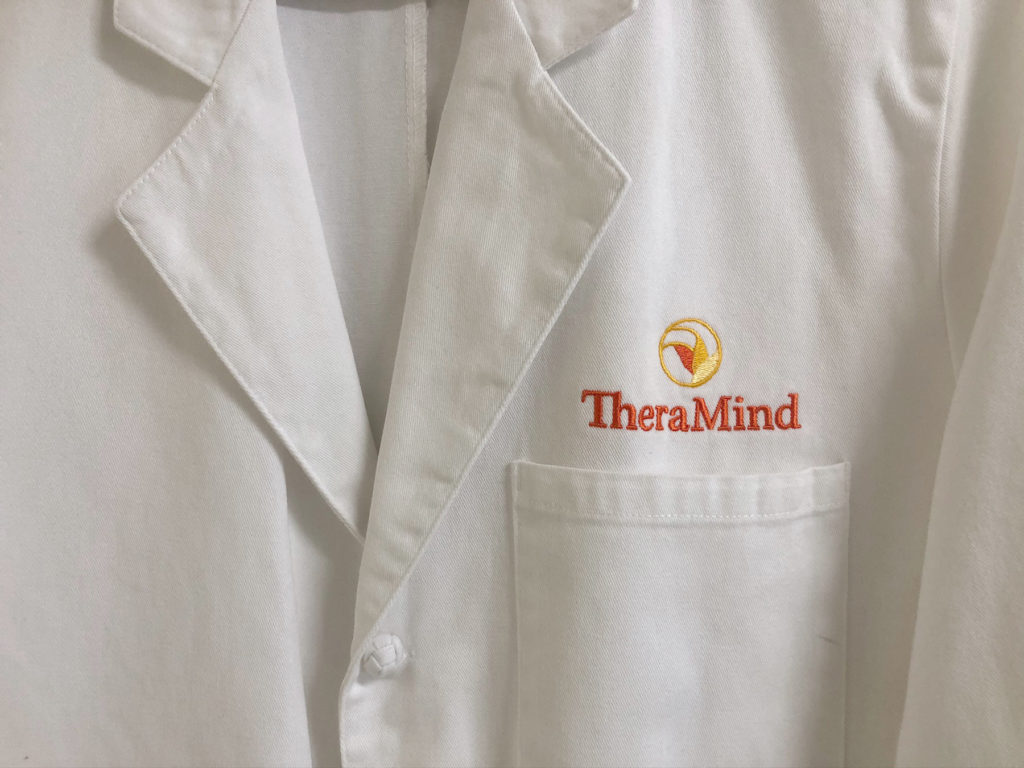Anxiety
When Anxiety is not adequately managed with anxiolytic (anti-anxiety) drug therapy, it can be treated safely and effectively using transcranial magnetic stimulation (TMS).
What is Anxiety?
Anxiety is nervousness, fear, panic episodes and/or intrusive feelings that do not go away and may worsen over time. Left untreated such feelings may interfere with work performance, school, daily activities, personal relationships and cause serious damage to health. Over 40 million American adults suffer from an anxiety disorder in any given year, making anxiety the most common mood disorder. [1] More than 60% of individuals suffering from anxiety also suffer from depression. [2]
Anxiety disorders differ as dramatically as the causes:
Generalized Anxiety Disorder (GAD)
GAD sufferers display excessive worry, concerns or nervousness for months – 6 being the most accepted term for such diagnosis. Symptoms include restlessness, fatigue, irritability, sleeplessness, loss of concentration and excessive worry. GAD affects 3.1% of U.S. population or 6.8 million people. [1,2]
Social Anxiety Disorder (SAD)
SAD sufferers display excessive worry about social or performance (e.g. public speaking) situations. Such concern centers on worry about negative evaluation by others leading to avoidance of social functions. SAD affects 6.8% of U.S. population or 15.0 million people. [1,2]
Panic Disorder (PD)
PD sufferers experience sudden recurrent and unexpected episodes of intense fear. This often results in excessive worry about when the next attack might happen leading to avoidance of things or places or situations thought to be associated with prior panic attacks. PD affects 2.7% of U.S. population or 6.0 million people. [1,2]
Phobias
A Phobia is a fear about or aversion to a specific thing or situation which is greatly in excess of any actual threat or concern. Examples of phobias are fear of: flying, heights, snakes and germs. Phobias affect 8.7% of U.S. population or 19.0 million people. [1,2]

Our approach
TheraMind Centers treat anxiety in its various iterations safely and effectively using TMS therapy individually or in combination with other therapies. Patients interested in undergoing anxiety therapy at the Newport Beach Center are asked to provide a detailed medical history including prior episodes and current anti-anxiety drug prescriptions. Following collection of these records and certain diagnostic testing our staff schedules a consultation with one of our physicians who will first diagnose or confirm the anxiety disorder diagnosis and determine whether the patient is an appropriate candidate for TMS or one of our other treatment modalities.
If the patient is considered qualified for TMS therapy the patient is given the option to have an advanced MRI (fMRI). The fMRI can then be used to (a) eliminate other potential causes of the symptoms, (b) further confirm the diagnosis and (c) provide a road map for treatment locale(s). TMS treatment protocols are custom designed for each patient. In general, however, the therapy consists of an initial brain mapping to determine intensity and placement followed by 20 to 36 individual sessions. Since a majority of patients suffering from an anxiety disorder also suffer from depression, anxiety patients being treated with TMS at our Center often are treated bi-laterally, that is treated on both the left and right hemispheres during a single TMS session. [3]

Results
Clinical studies have shown that as many as 70% of anxiety patients have a significant response to TMS therapy and 68% of patients achieve remission from their anxiety. [4,5,6] These results are comparable to GAD anxiety disorder therapy using TMS individually at the TheraMind Center of Newport Beach.
References
- “Anxiety Disorder Statistics 2019 – U.S. and Worldwide.” MindfulSearching.com, Mindful Searching, https://www.mindfulsearching.com/anxiety-statistics/. Accessed June 26, 2020.
- https://adaa.org/about-adaa/press-room/facts-statistics
- Y.Q. Zhang, et al, “Bilateral repetitive transcranial magnetic stimulation for treatment-resistant depression: a systematic review and meta-analysis of randomized controlled trials”, Brazilian Journal of Medical and Biological Research (2015) 48(3): 198-206.
- G. Diefenbach, PhD, et al., Psychiatric Times, Vol. 32, No.1 (2015), https://www.psychiatrictimes.com/special-reports/does-tms-hold-promise-generalized-anxiety-disorder/page/0/1
- Bystritsky A, Kaplan JT, Feusner JD, et al. A preliminary study of fMRI-guided rTMS in the treatment of generalized anxiety disorder. J Clin Psychiatry. 2008;69:1092-1098.
- White D, Tavakoli S. Repetitive transcranial magnetic stimulation for treatment of major depressive disorder with comorbid generalized anxiety disorder. Ann Clin Psychiatry. 2015;27(3):192‐196.
See also, Cirillo, Patricia, et al, “Transcranial magnetic stimulation in anxiety and trauma related disorders: A systematic review and meta‐analysis”, Brain and Behavior, March 2019. DOI: 10.1002/brb3.1284
